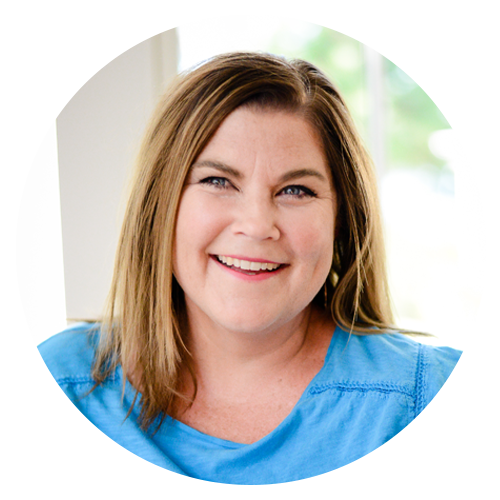241 | How to Determine Your Product Pricing with Katie Hunt
Are you leaving thousands of dollars or more on the table each and every year due to incorrectly pricing or underpricing your products? There are two critical numbers you need to know in order to avoid losing money and to properly determine your product pricing.
In today’s episode, we’re reviewing how you can price your products by understanding your production costs and market rates, plus I’ll be sharing a real example with real numbers.
How to Determine Your Product Pricing
Have you looked at the production costs and market rates for the types of products you’re selling? These two critical numbers will help you determine your product pricing. Let’s review the impacts of each of these numbers.
1. Production Costs
How much does it cost you to create one single unit of your product right now? Consider the manufacturing methods, the quantities, and the materials you’re using. It’s important to remember that these numbers will differ with each product category and from company to company.
Due to different circumstances, manufacturing methods, general overhead, and more, your products will never have the same production costs as another company. This can be impacted by the way you’re manufacturing, the materials you’re using, the quantities, and even the markets you’re catering to.
Every single decision you make in your business and production will impact how much you’re spending, which impacts your production costs and your overall profit.
Our goal is to get your expenses as low as possible to put more money into your pocket.
Our recommendation is to review these numbers at least once a year, but even more frequently as you begin to scale.
2. Market Rates
Research is so valuable for your brand and product pricing because you need to know the market rates for the types of products you’re selling. This is important to know so that you understand how much you can charge without pricing yourself out of the market.
Once you’ve reviewed what your production costs are, it’s time to take a look at what the market is doing and charging for products similar to your products.
You can do this by looking at companies that are similar in size to your business, selling similar products to your products, and serving a similar audience. You can find this information on Google and online shops.
Please don’t compare your pricing to bigger or smaller brands because they’re producing in different quantities and it’s not comparing apples to apples.
By comparing your brand to similar brands at a similar level, your retail and wholesale price should be closely aligned with market rates so you’re not leaving money on the table.
Are You Underpricing Your Product?
Upon reviewing 87 scholarship applications for my Paper Camp program, I repeatedly saw the same mistake in the applications—people were underpricing their products.
Let’s review what this looks like in a wholesale example. Pretend that you are $.50 under market value for something you sell. Your average order contains 60 units with an average of 5 weekly orders.
In those orders, you’re losing $30 per order times 5 orders, which equals $150 per week. That’s $600 per month and $7,200 per year.
You’re missing out on $7,200 per year because you’ve underpriced your product by just $.50.
What could you use those funds for? A higher salary, reinvesting in your business, creating new products, hiring team members, or professional help. It’s not just 50 cents.
Key Takeaways
Now that you’re aware of how easy it is to make the mistake of not pricing your products correctly, I want you to do the following:
Review your production costs and check industry pricing at least once per year to maximize your profit margins.
Keep in mind that industry standards for pricing are fluctuating. The costs of raw materials are rising, supply chain issues have made it difficult to source, and costs of hiring are rising.
Remember that you set the rules for your business and have full permission to raise your prices when it’s warranted.
Today’s episode is brought to you by LABS, a group coaching program of robust support for your product-based business. With a focus on foundational building in your business, you’ll find support in patching the holes in your systems to build success in every aspect of your business.
If you’re a product-based business owner that wants to strengthen the foundations of your business, LABS is the program for you! If you’re ready to enroll in LABS, make sure you’re on the waitlist!
Download These Quotables to Save and Share

Connect with Katie Hunt
Katie Hunt is a business strategist, podcaster, mentor and mama to four. She helps product based businesses build profitable, sustainable companies through her conferences, courses and coaching programs.
Website: prooftoproduct.com | Instagram: @prooftoproduct










